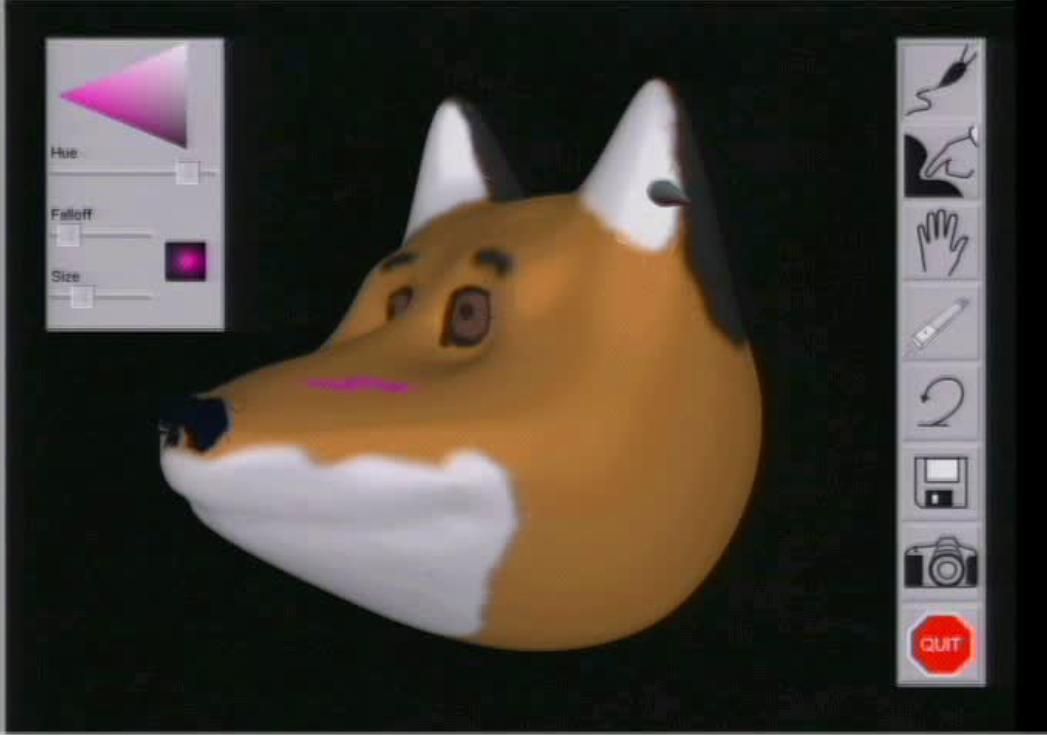 |
User-Centric Viewpoint Computation for Haptic Exploration and Manipulation | |
| Miguel A. Otaduy | otaduy@cs.unc.edu | |
| Ming C. Lin | lin@cs.unc.edu | |
 |
User-Centric Viewpoint Computation for Haptic Exploration and Manipulation | |
| Miguel A. Otaduy | otaduy@cs.unc.edu | |
| Ming C. Lin | lin@cs.unc.edu | |
Abstract: We present several techniques for user-centric viewing of the virtual objects or datasets under haptic exploration and manipulation. Depending on the type of tasks performed by the user, our algorithms compute automatic placement of the user viewpoint to navigate through the scene, to display the near-optimal views, and to reposition the viewpoint for haptic visualization. This is accomplished by conjecturing the user's intent based on the user's actions, the object geometry, and intra- and inter-object occlusion relationships. These algorithms have been implemented and interfaced with both a 3-DOF and a 6-DOF PHANToM arms. We demonstrate their application on haptic exploration and visualization of a complex structure, as well as multiresolution modeling and 3D painting using a force feedback device.
| PAPER |
| User-Centric
Viewpoint Computation for Haptic Exploration and Manipulation
Acrobat (337Kb) PostScript (407Kb) Color Plate in Acrobat (1.153Kb) Miguel A. Otaduy and Ming C. Lin |
| CONFERENCE VIDEO |
| Complete video MPEG1 (66.491Mb) |
| OTHER VIDEOS | |
 |
VIEWPOINT
NAVIGATION:
Several sequences of viewpoint navigation across the model of the Auxiliary Machine Room (AMR) of a submarine. Navigation allows haptic exploration of all the objects in the scene. The 3D tracking capabilities of the haptic device are exploited. |
 |
NEAR OPTIMAL
VIEWS:
The main view is combined with a detail view that tries to give a near-optimal view of the region of interest. In the video, the model of the armadillo is traversed with the haptic probe while the detail view is automatically adapted. |
 |
AUTOMATIC
REPOSITIONING:
Comparison of camera repositioning with grab&rotate operations vs. automatic repositioning. The advantages of automatic repositioning are shown in the framework of an in-house 3D modeling and painting application (ArtNova). |
This material is presented to ensure timely dissemination of scholarly and technical work. Copyright and all rights therein are retained by authors or by other copyright holders. All persons copying this information are expected to adhere to the terms and constraints invoked by each author's copyright. In most cases, these works may not be reposted without the explicit permission of the copyright holder.